Project-Based Learning at HTH
These projects are examples of the work that is done at all of the High Tech High Schools. It is our record of what we have done and how to get there. Teachers can utilize this to display what they have done with their students, and get ideas from others teachers. Students can show their parents and friends the work that they have done, and the community can see how project based learning enables students to do and learn. Please enjoy the projects and videos.
Browse Projects
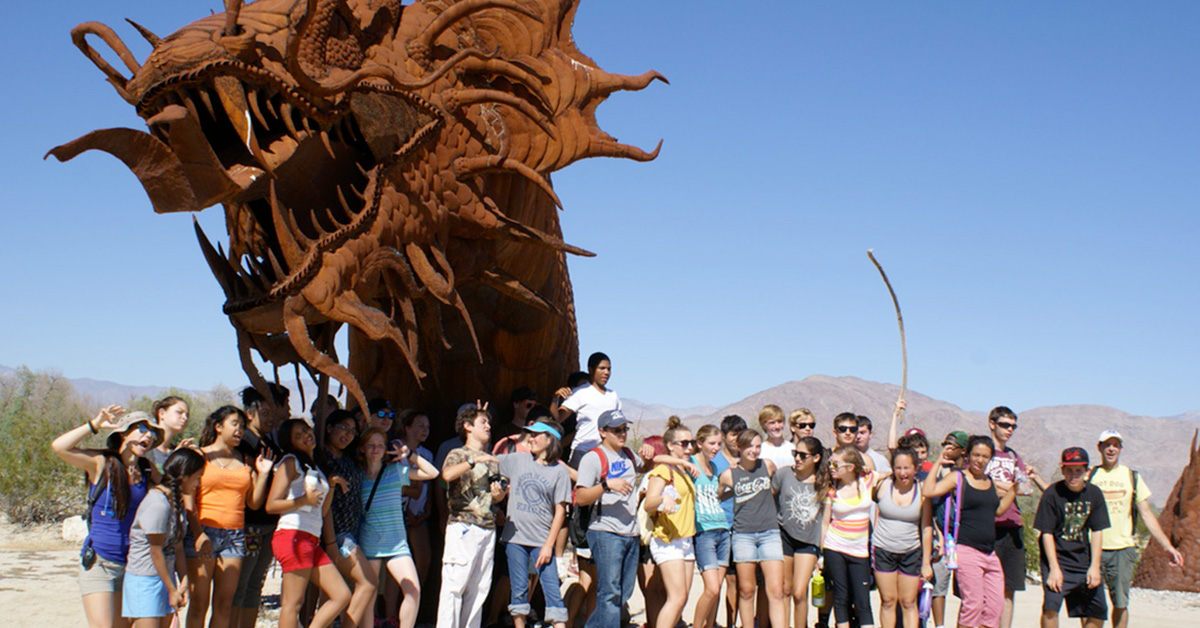
What does it mean to be a “survivor”? Why should we care about and respect the environment and each other?
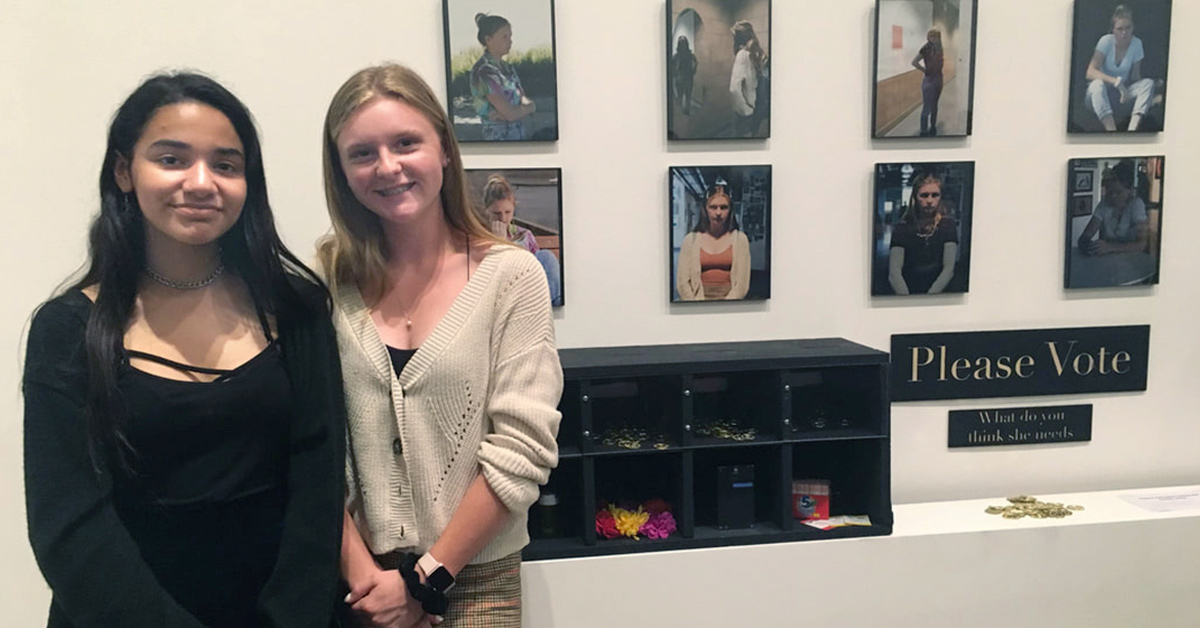
How does our perspective change our perception of reality?
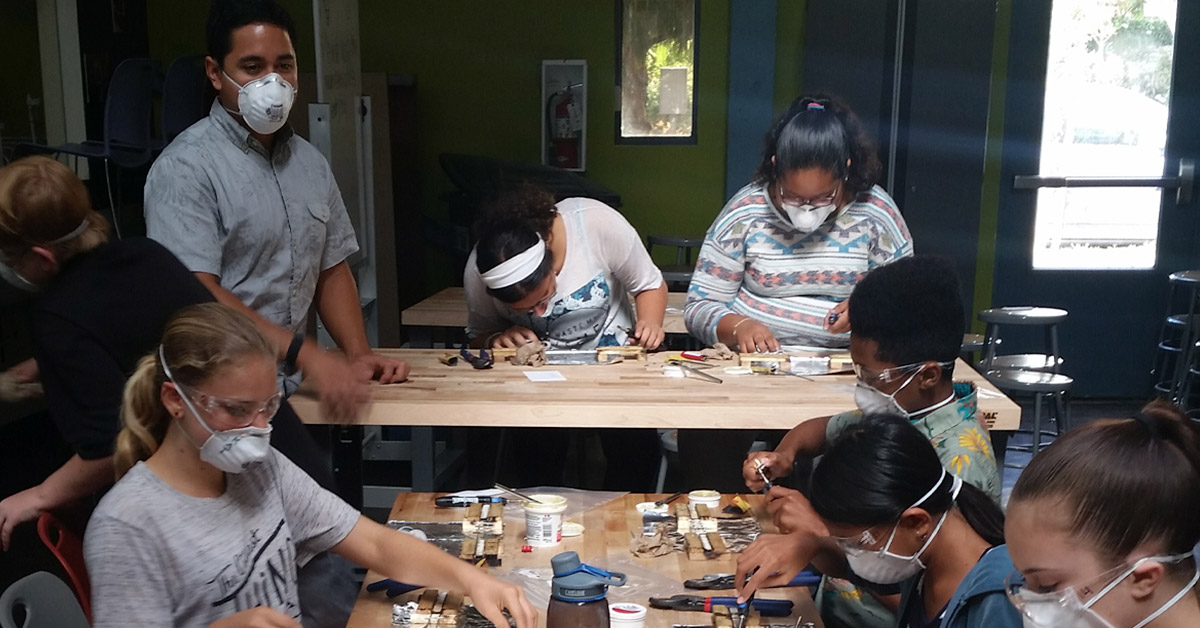
Students melded art, physics, math, and elements of design and engineering to build a rolling ball structure called Kinetic Coasters.
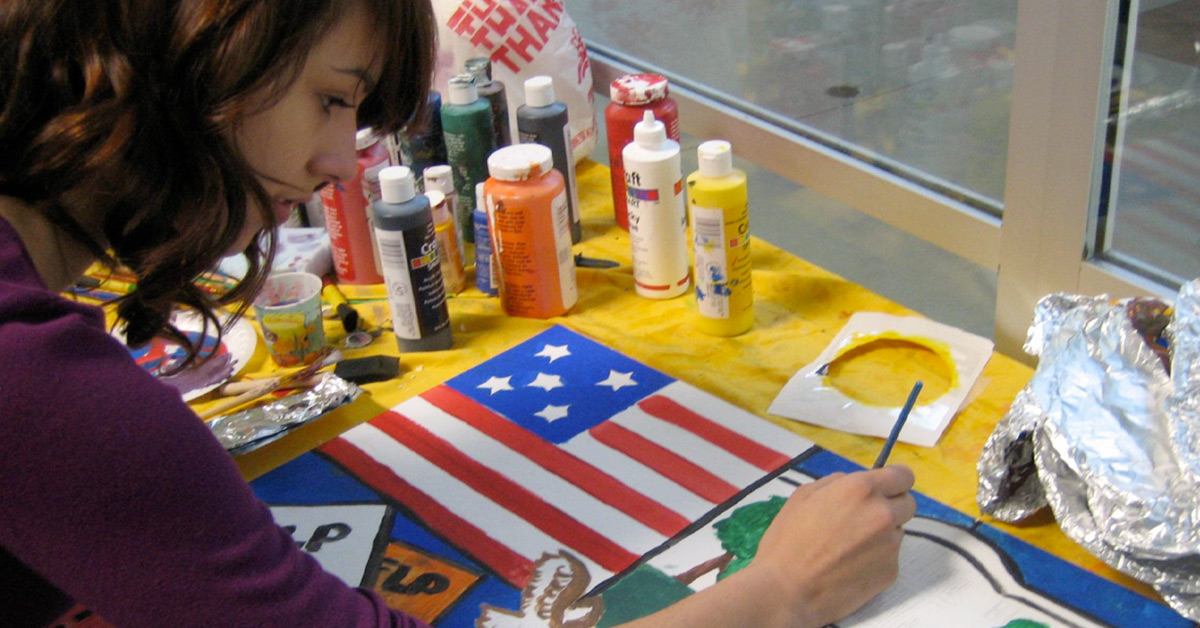
In La Llaga: Border Project, students explore the reasons why people choose to risk their lives in the attempt to enter the United States illegally.
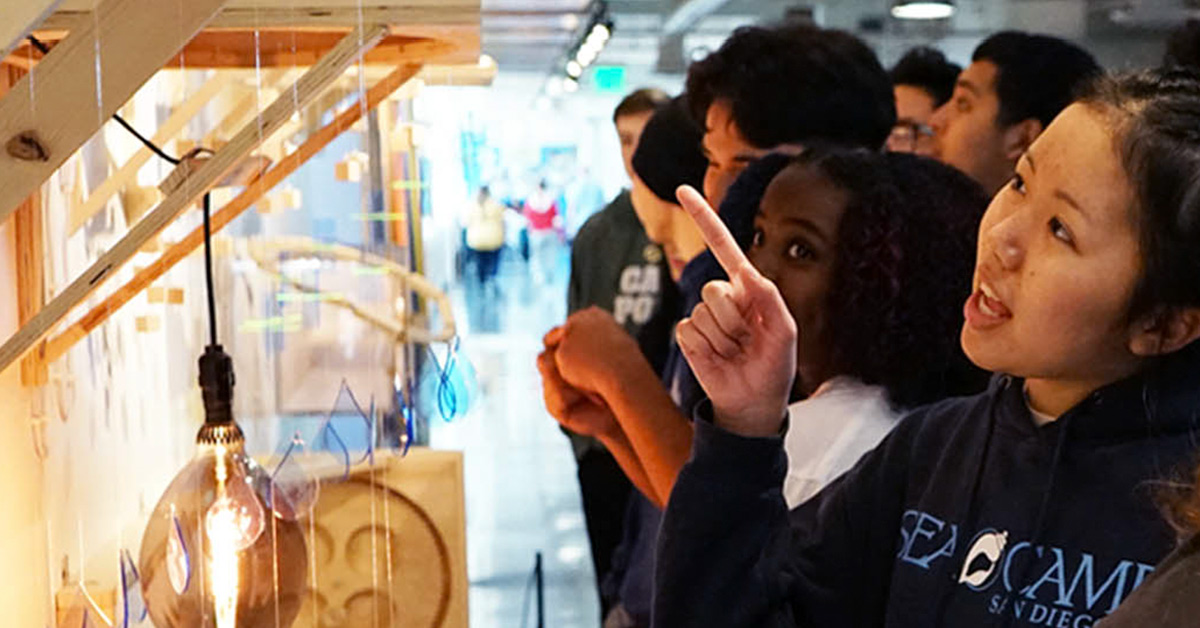
Students made their own kinetic sculptures inspired by artist Rubin Margolin, who makes wave generating machines.
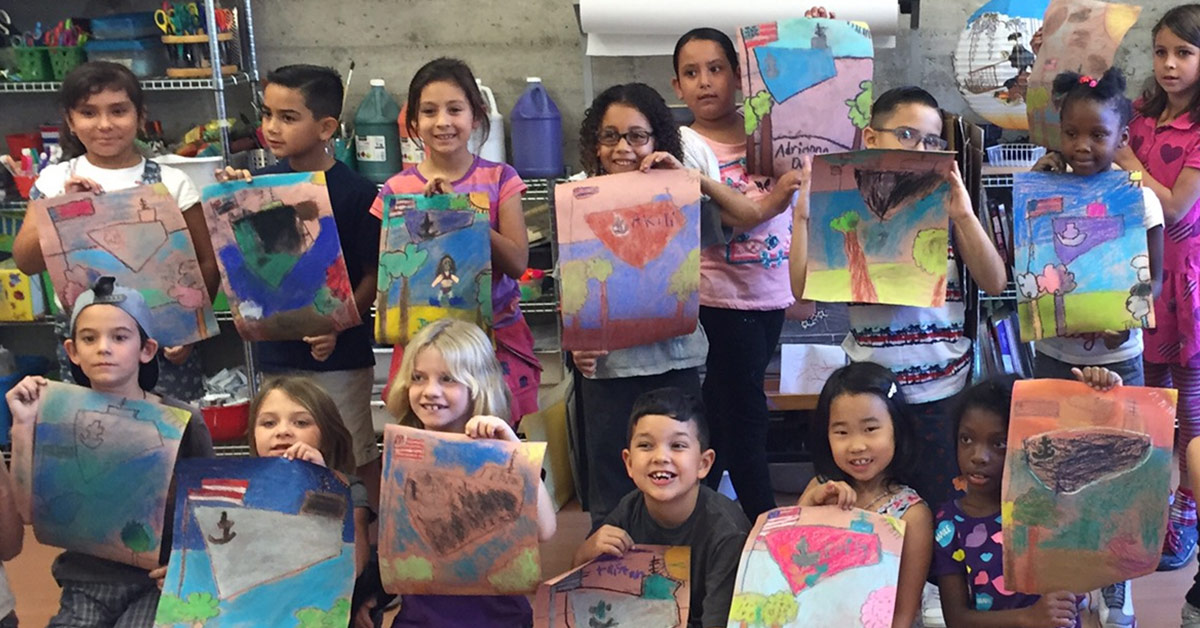
The community our school lies in has so much rich history!
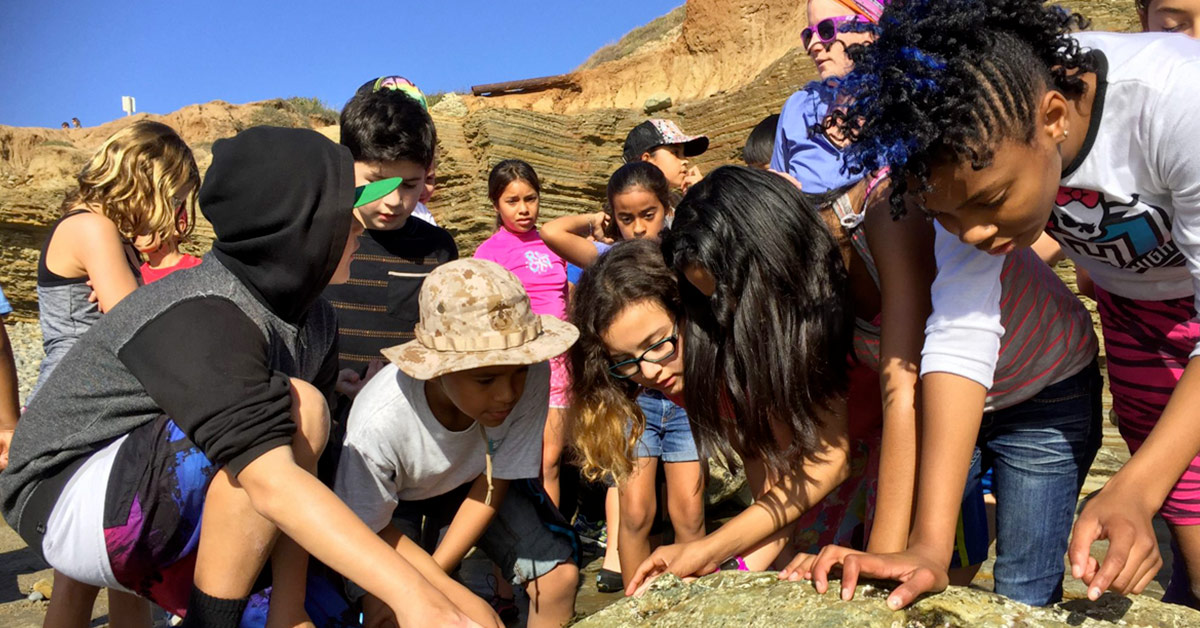
In Life By The Tide: Our Coastal Ecosystems, our students will conduct research about this ecosystem and the organisms that inhabit this region.
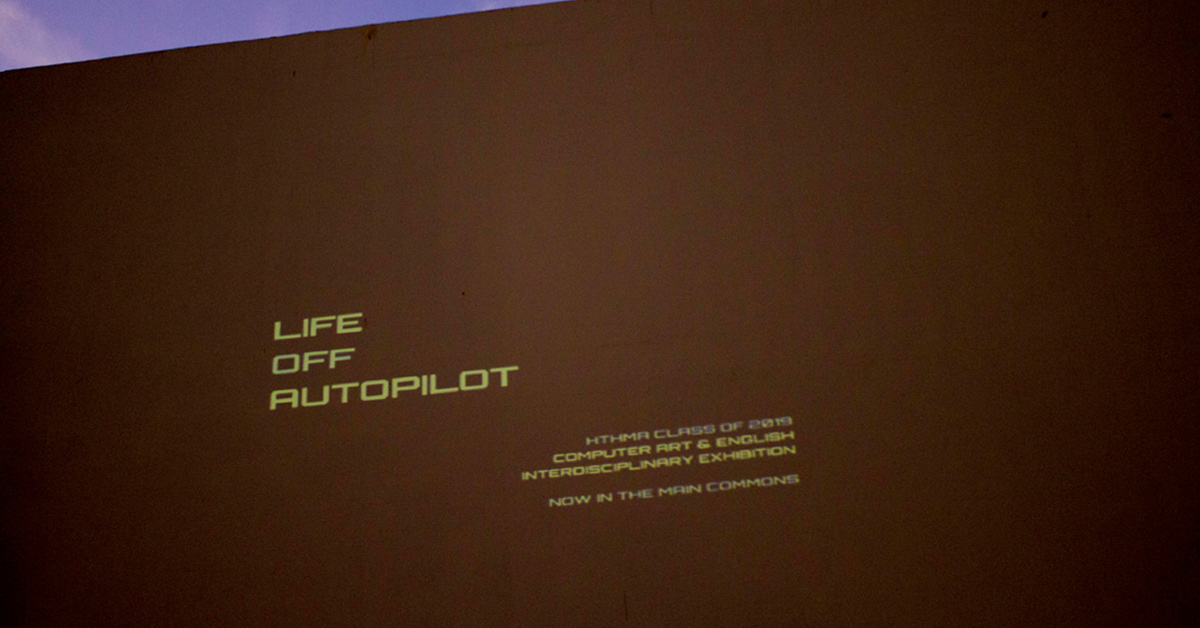
To explore our personal relationship with technology and unpack the complex role it plays in our existence.
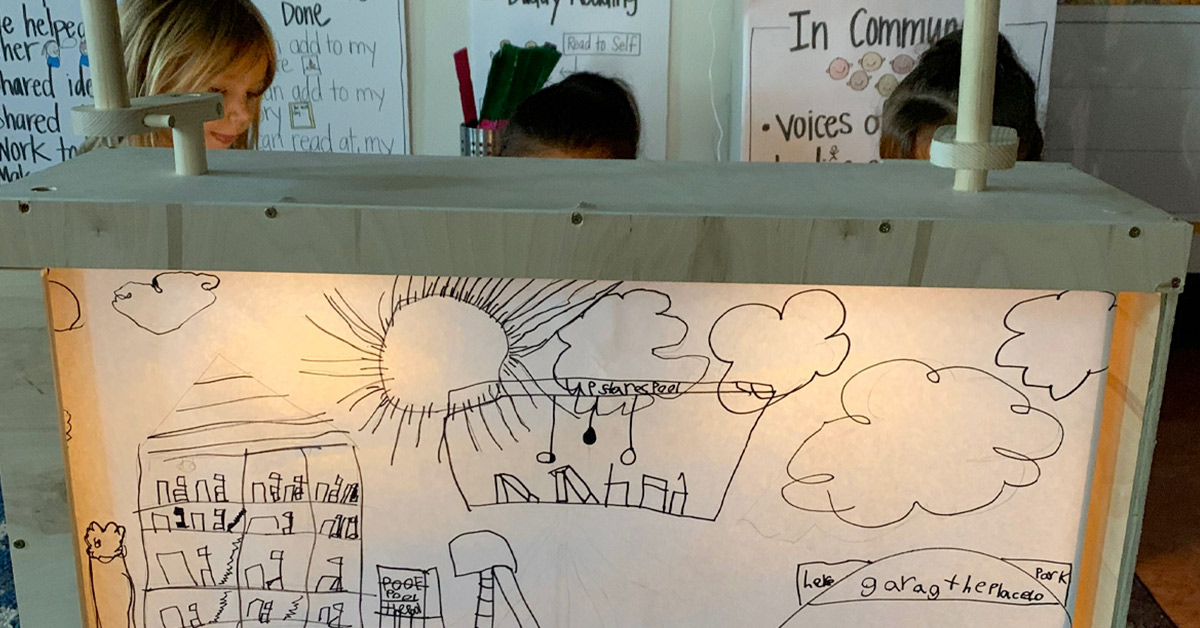
Students learned about properties of light and the effect it has on certain materials via experiments before writing shadow puppet plays.
Browse Projects
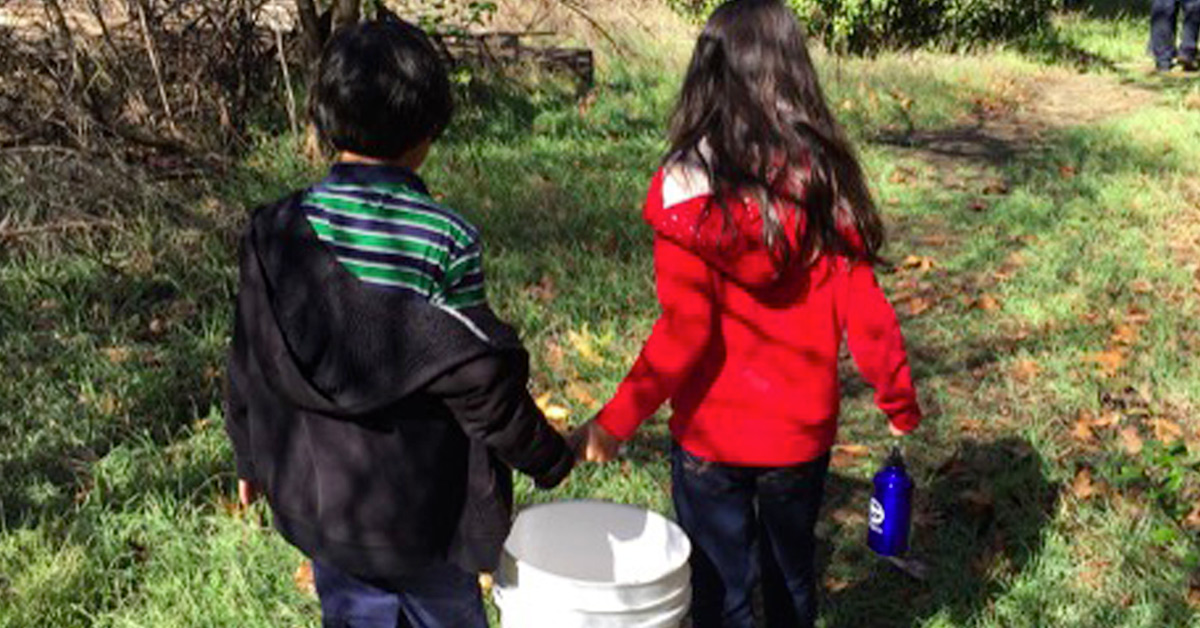
How can we protect the wildlife in the Otay River Watershed?
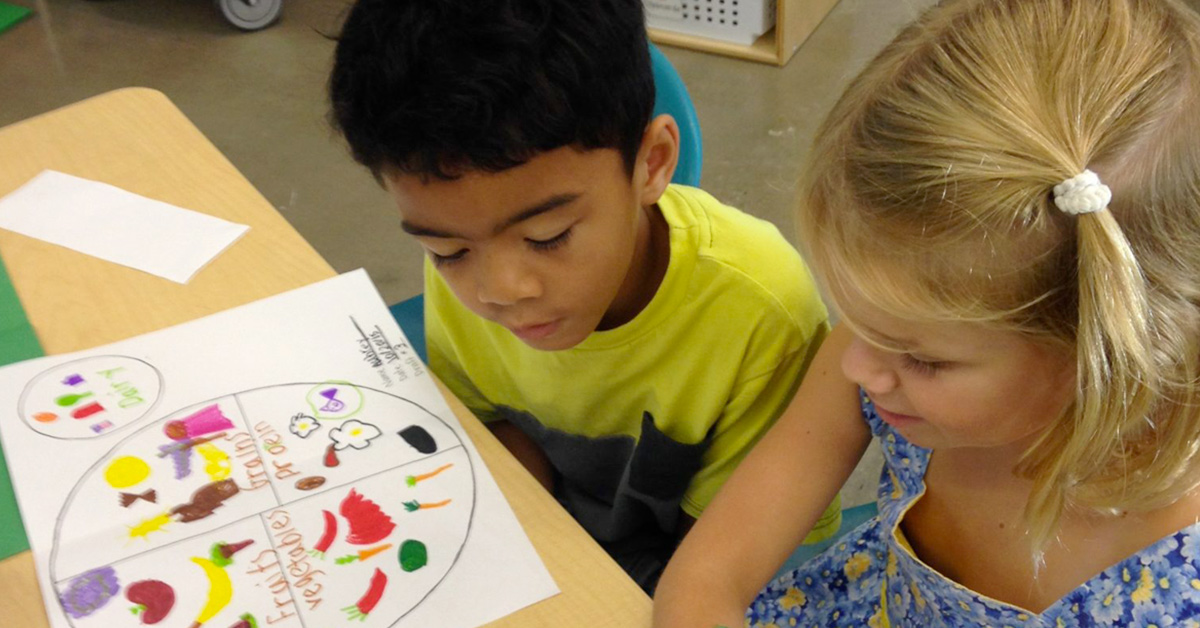
How can we feed our bodies to be healthy? How can we move our bodies to be healthy?
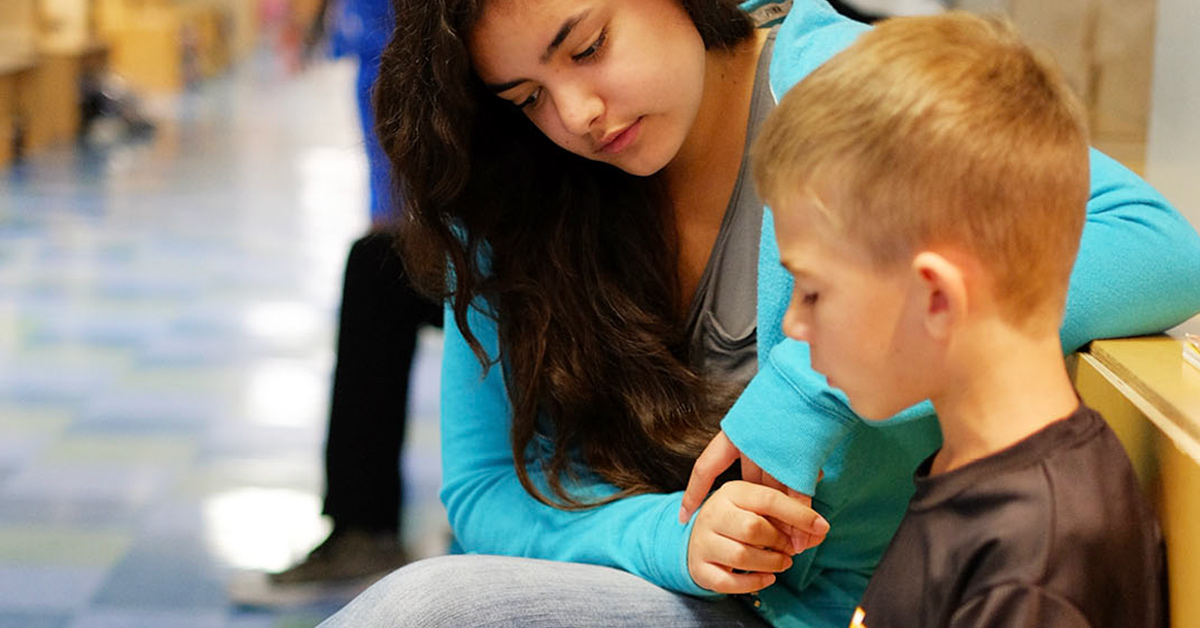
In Reading Buddies: the Children’s Literature Project, 11th graders were each partnered with an elementary student as a “reading buddy” to help them grow as a reader and write their own stories.
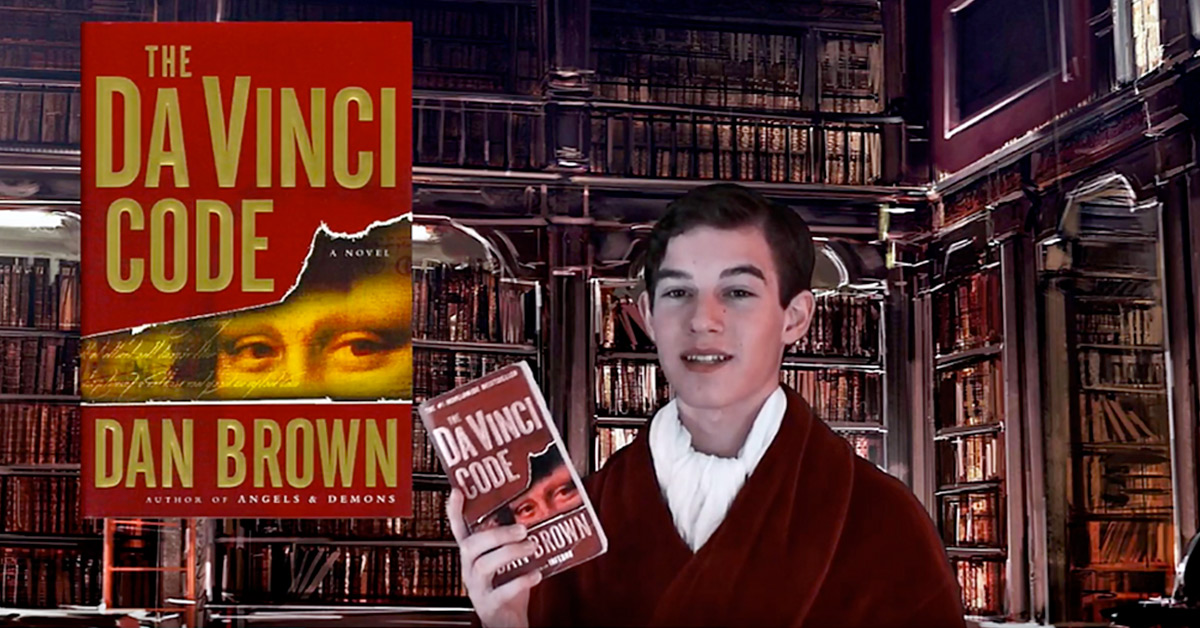
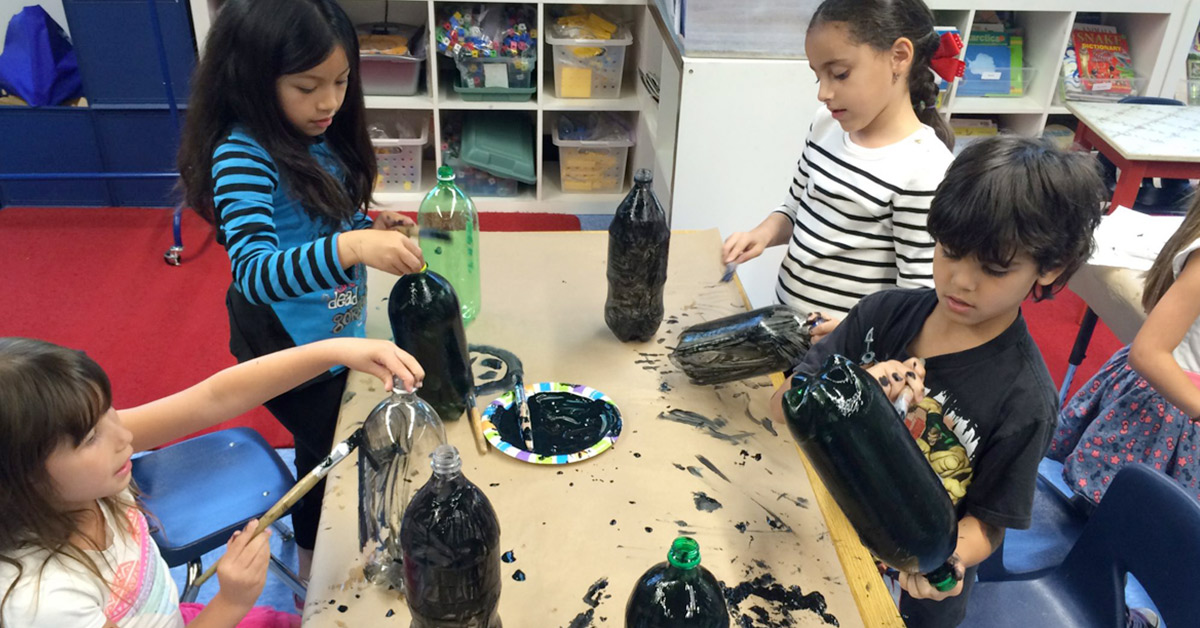
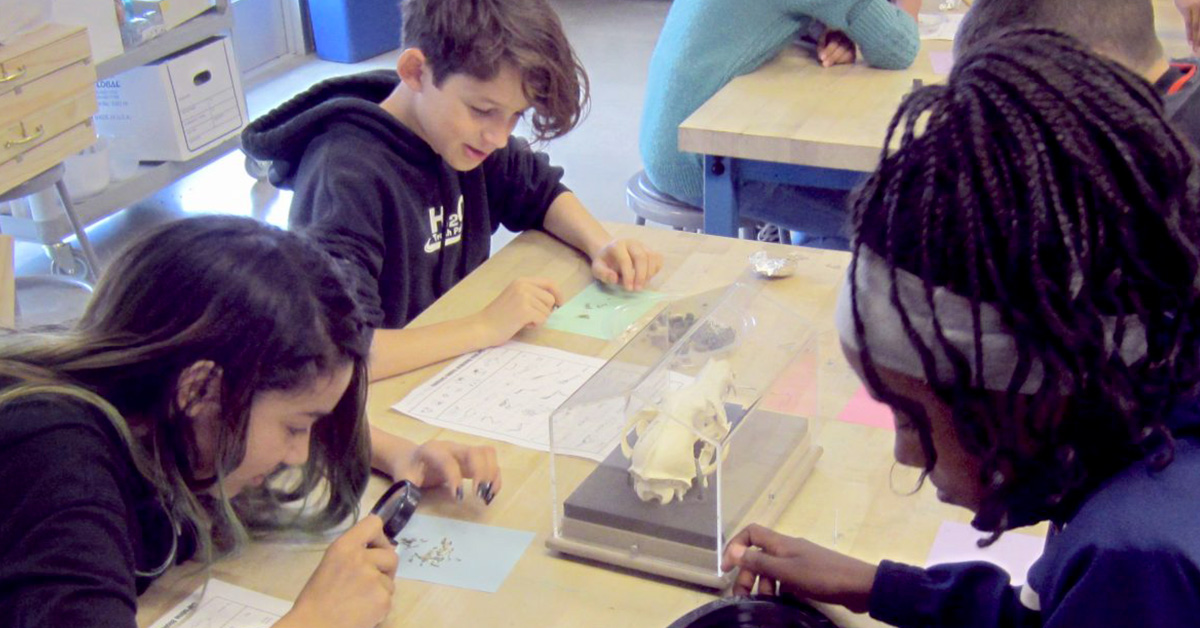
Why is it important to live in harmony with native species?
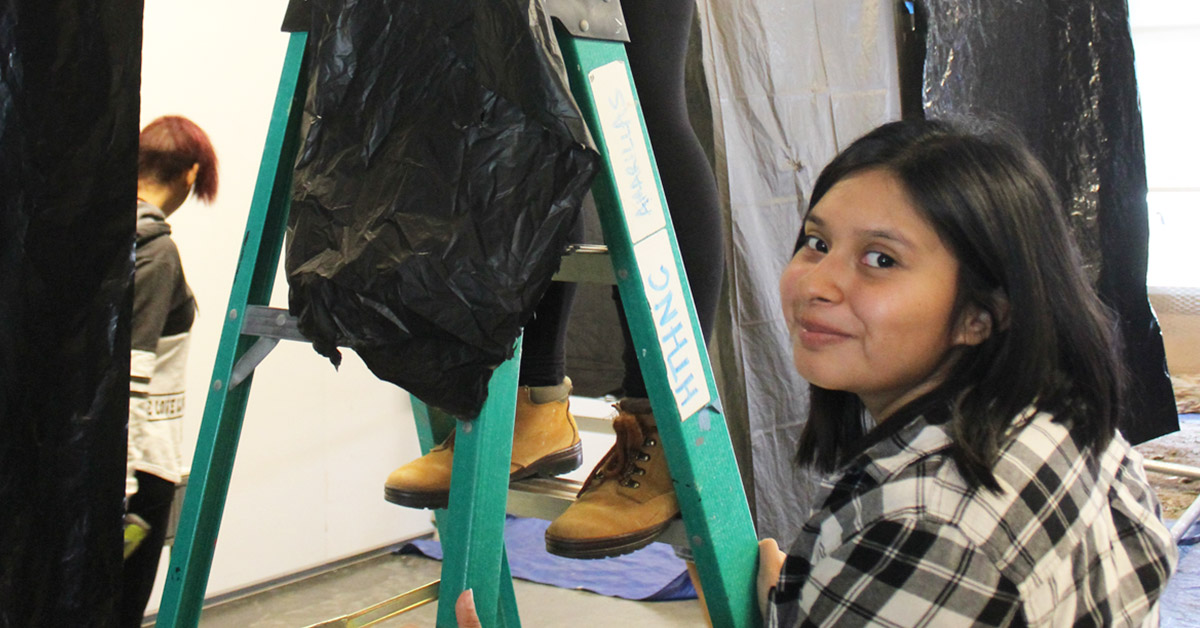
In Free Your Mind: The Ultimate Escape Room, students designed escape rooms that would challenge participants’ implicit bias by incorporating content related to attitudes about age, race, gender, sexuality, and mental health in each escape room puzzle.
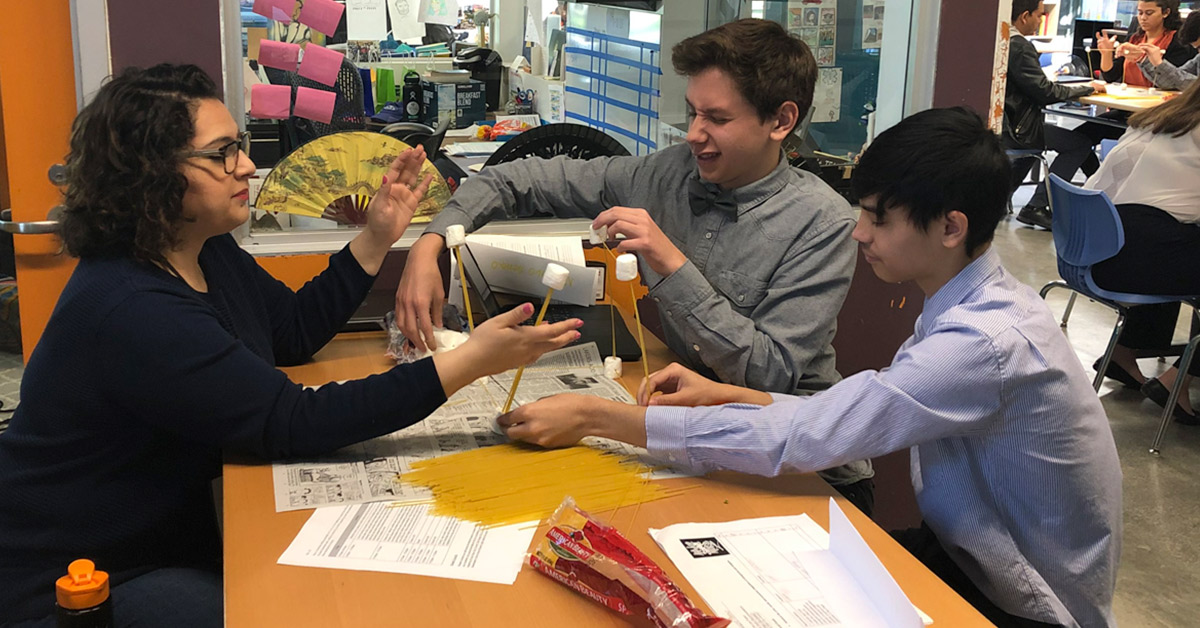
How should immigrants and refugees be welcomed when they enter a new country?
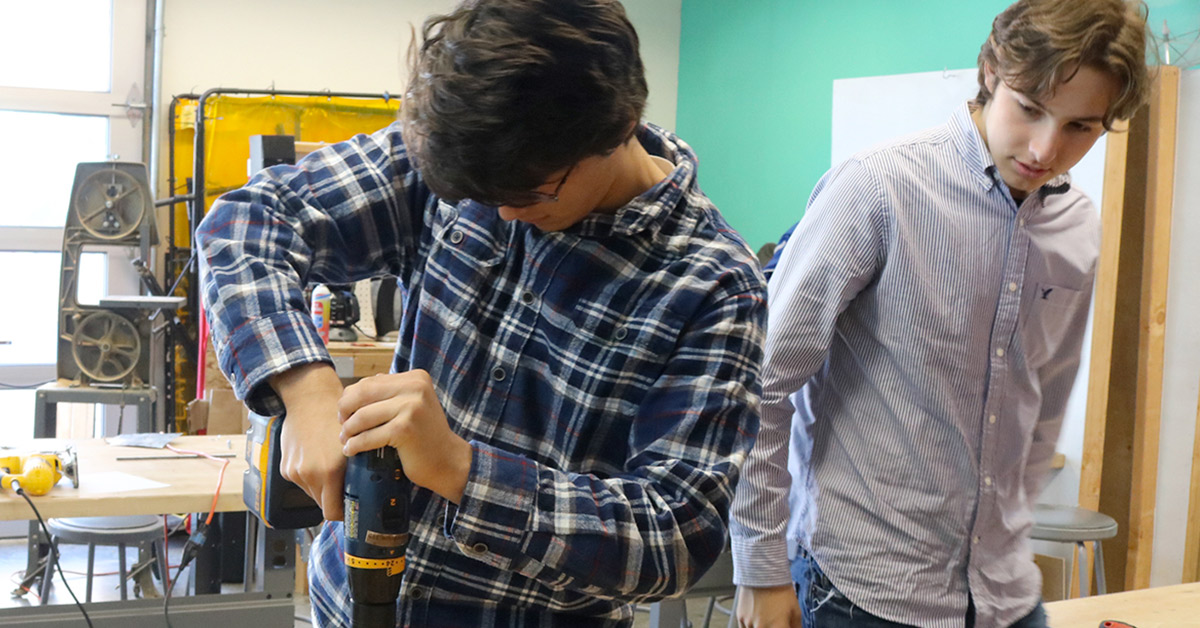
In Finding Dory: Saving the Coral Reefs Through Captive Breeding, students searched to see how can scientists find creative ways to protect coral reef systems.